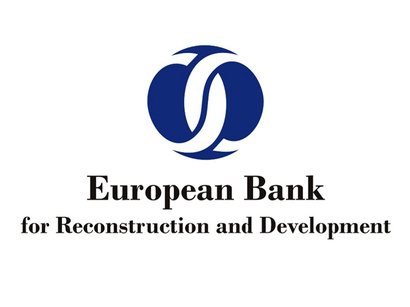US interest rate normalisation to indirectly affect Eastern Europe, Caucasus

By Gulgiz Dadashova
The European Bank for Reconstruction and Development expects the Fed rate hike to indirectly affect countries in Eastern Europe and Caucasus, the Central Asia and the Southern and Eastern Mediterranean regions.
“EEC and CA economies, in particular, are exposed to Russia through trade, investment, remittances and financial sector linkages. These countries may see a rising cost of funding following the Fed rate increase, particularly those with a higher share of dollar-denominated debt,” the EBRD said in its report published on December 20.
The US Federal Reserve raised its federal funds rate by 0.25 per cent to the target range of between 0.25 to 0.5 per cent on December 16. The long-expected hike will likely increase market volatility and the cost of funding in EBRD countries.
The Bank notes that commodity exporters in the Central Asia region, similarly to Russia, may be adversely affected by lower commodity prices.
The EBRD reports that the Southern and Eastern Mediterranean economies may face a higher cost of funding, given that most of their investors (including those from the Gulf) are dollar-based.
“These economies are also in a weaker competitive position vis-à-vis economies where currencies weaken in response to the normalisation of US monetary policy. But the effect is likely to be limited as these countries were not among the major beneficiaries of capital inflows in the first instance,” the report reads.
The EBRD expects that countries that are perceived by the markets as having weaker fundamentals or as being exposed to geopolitical uncertainties (such as Turkey, Russia and Ukraine) may be affected more, while countries with close links to the eurozone (Central Eastern and South Eastern Europe) will continue to benefit from accommodating monetary policy by the European Central Bank , translating into lower interest rates and better trade prospects.
“Faced with somewhat lower portfolio inflows, EBRD countries may benefit from alternative sources of funding, such as FDI, private equity, public-private partnerships, and more efficient use of domestic sources of funding through building deeper local capital markets,” the Bank reported.
Here we are to serve you with news right now. It does not cost much, but worth your attention.
Choose to support open, independent, quality journalism and subscribe on a monthly basis.
By subscribing to our online newspaper, you can have full digital access to all news, analysis, and much more.
You can also follow AzerNEWS on Twitter @AzerNewsAz or Facebook @AzerNewsNewspaper
Thank you!
